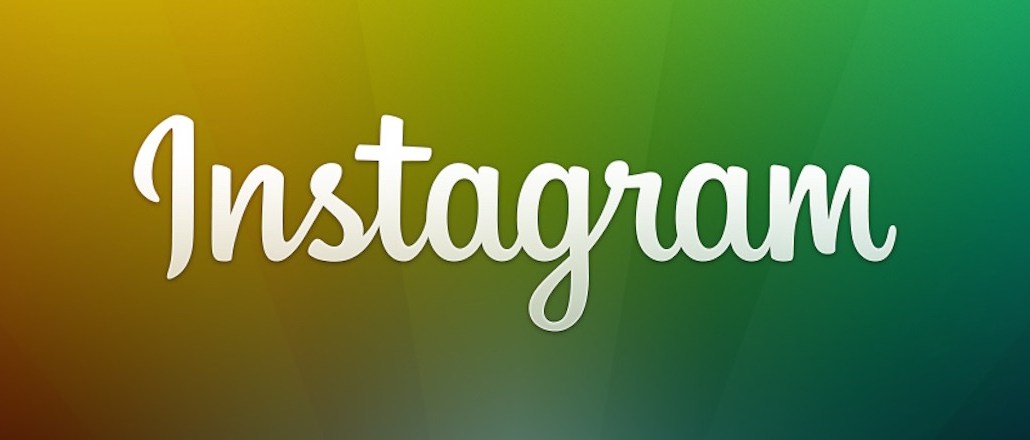
Neil James is the director of digital strategy at Solve
During a recent phone call, a client asked me an interesting question.
“Why the heck is Instagram so popular now? It feels like it just came out of nowhere!”
It’s true. By any metric, Instagram is on the verge of conquering the world. Last December, the photo-sharing platform boasted 300 million users. Nine months later, that figure surpassed 400 million. And there’s no end in sight.
But those facts didn’t answer the question: why exactly has Instagram become so successful? Why not Flickr, whose concept of a photo-based social network predated Instagram by six years? Why not Google+, which despite massive investments, never became the Facebook killer Google had hoped it would be?
Most explanations for Instagram’s popularity focus on user experience. Propelled by rising smartphone adoption, Instagram makes it easy to produce and share beautiful photos. The simplicity of its filters and editing features enable people to connect based on mutual passions for visual artistry.
And those explanations are sound if you think that Instagram’s popularity is rooted in photography.
But it’s not.
The real reason for Instagram’s success is its superiority as a tool for social networking.
How constraints create connections
While platforms change and evolve, the reasons people use social media sites have remained remarkably constant. Study after study after study continues to show that social media usage is overwhelmingly driven by a desire to stay connected with friends and family.
Log into Facebook these days, however, and you’ll see anything but a site designed to help people stay connected. To catch a glimpse of what loved ones are up to, Facebook users must sift through political arguments, links to “news” articles from questionable sources, Candy Crush requests, invitations to events you’ll never attend and stale memes.
Instagram’s built-in constraints, however, naturally attenuate this pollution. Photos, it turns out, aren’t as well suited for expressing controversial opinions or recruiting for pyramid schemes. The lack of sharing functionality or links to outside web pages make it difficult for dicey clickbait content to gain traction.
Really, there’s only one type of content that excels within Instagram’s limitations: pictures that tell the stories of people’s lives.
The status updates that are easiest to post to Instagram enable people to experience the best of each other. Pictures of family, pets, travels and even food are far more likely to enhance personal relationships than links to divisive opinion pieces and empty-calorie noise.
The constraints of Instagram introduce a level of “friction” that is anathema to Facebook, where sharing, poking and inviting is astonishingly simple. And while this friction may keep users from discovering the day’s viral stories, it also filters out the flotsam that runs counter to why people enjoy social networking sites in the first place.
In this context, it’s easy to grasp why the percentage of US teens who rate Instagram as their most important social network (now 32 percent) has risen so quickly over the past two years. The mirrored decline in Facebook’s relevance (only 14 percent of teens now identify Facebook as most important) is similarly understandable.
Strategic implications
Getting the most out of Instagram’s newly-opened advertising requires an understanding that its value to users is rooted in relationships, not discovery. Consumers looking for new experiences are far more likely to have their needs met by Facebook, Twitter and Pinterest.
As such, marketers should resist the urge to use Instagram as a tool for conquesting. Yes, you can insert posts about your products, services or ad campaigns into the streams of strangers within your target demographic. But if these people have no existing connection with your brand, they’re very likely to swipe past your ad without thinking twice.
The most effective Instagram initiatives will leverage the platform’s ability to enhance relationships and strengthen pre-existing connections between brand and consumer. Targeting current enthusiasts and website visitors with emotional imagery that stokes existing passions will help foster loyalty, build advocacy and stunt competitive threats to your brand’s positioning.
More in Media

Digiday+ Research: Publishers’ growing focus on video doesn’t translate to social platforms
Major publishers have made recent investments in vertical video, but that shift is not carrying over to social media platforms.

Technology x humanity: A conversation with Dayforce’s Amy Capellanti-Wolf
Capellanti-Wolf shared insight on everything from navigating AI adoption and combating burnout to rethinking talent strategies.

How The Arena Group is rewriting its commercial playbook for the zero-click era
The company is testing AI-powered content recommendation models to keep readers moving through its network of sites and, in doing so, bump up revenue per session – its core performance metric.





